 |
Don Q, Son of Zorro - 1925 |
 |
Douglas Fairbanks
is
Don Cesar
de Vega and
Zorro |
Mary Astor
is
Dolores de Muro |
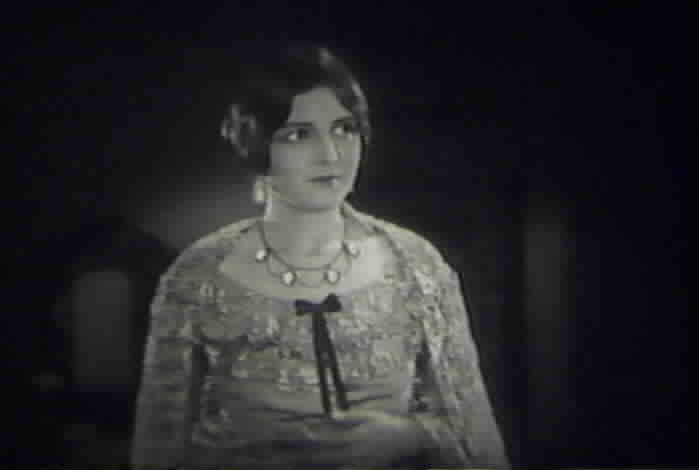 |
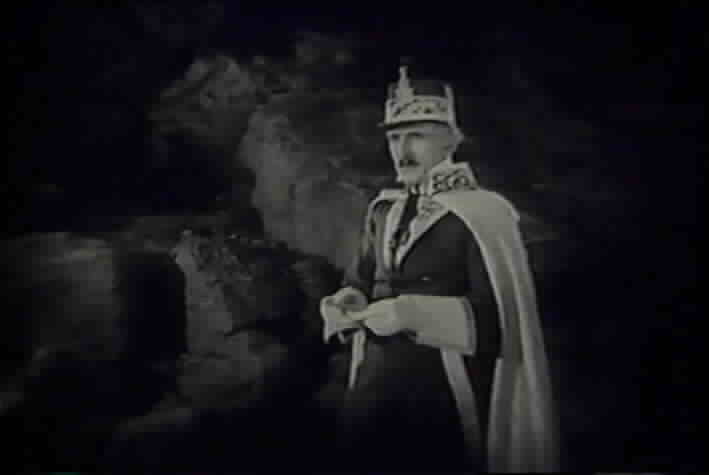 |
Jack McDonald
is
General de Muro |
Donald Crisp
is
Don Sebastian |
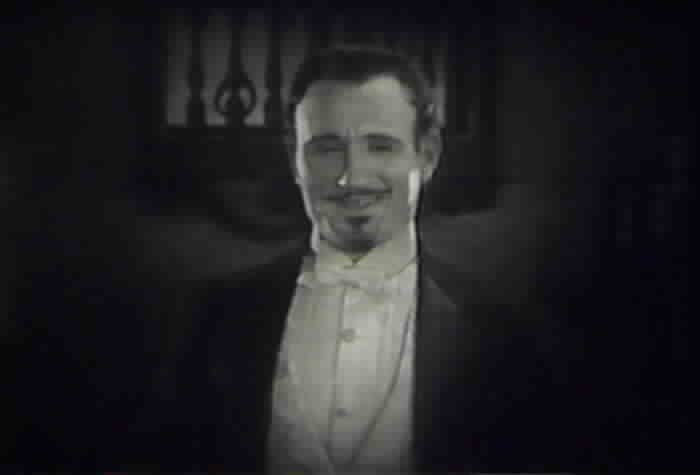 |
 |
Stella De Lanti
is
the Queen |
Warner Oland
is
the Archduke Paul of Austria |
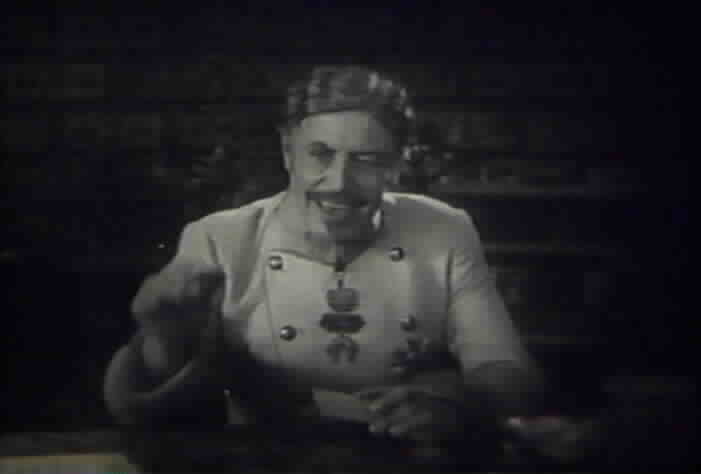 |
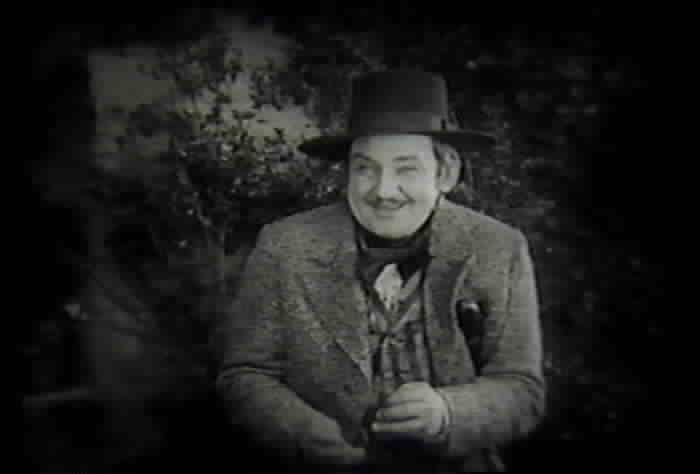 |
Jean Hersholt
is
Don Fabrique Borusta |
Albert MacQuarrie
is
Colonel Matsado |
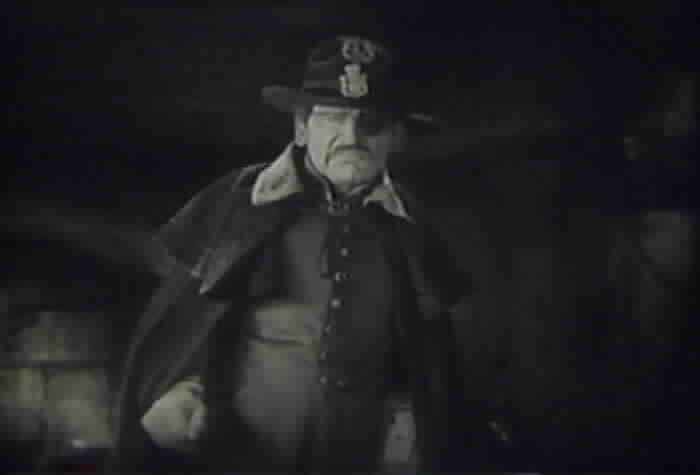 |
|
|
Don Cesar de Vega, son of the famous Zorro, is attending school in Spain. Don Cesar's favorite activity is playing with his whip. Don Cesar loves to use his whip to amuse the other students at the students' club. He snaps his whip to wake everyone up; he snatches cigarettes out of men's mouths with his whip; and he does tricks with candles.
Don Cesar raises the ire of a member of the Queen's guard, Don Sebastian, when he uses his whip to snatch the feather out of his cap. This incident leads to a scene in which Don Cesar uses his whip to fight a bull in the square. The Queen and the Archduke Paul of Austria witness this event, and the Archduke wishes to meet Don Cesar. |
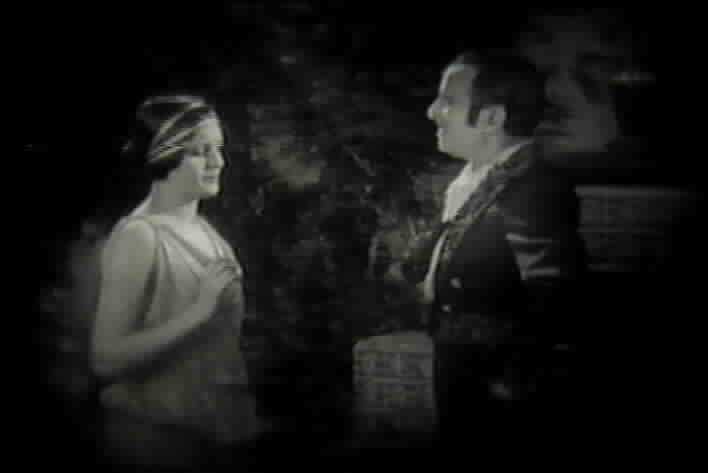 |
Just before Don Cesar is brought before the Queen, he meets Dolores de Muro. Don Cesar and Dolores instantly fall in love. Don Sebastian also has eyes for Dolores and asks her father, General de Muro, for permission to court her. |
|
Don Cesar is introduced to the Queen and Archduke Paul. Archduke Paul wants Don Cesar to go out with him that night, and the Queen asks Don Sebastian to go along to watch over the Archduke. Don Sebastian manages to get rid of Don Cesar, but he can't get rid of the Archduke. Finally, Don Sebastian heads towards the General de Muro's home along with the Archduke. Meanwhile, Don Cesar also goes to de Muro's house. Don Cesar woos Dolores out on the balcony while Don Sebastian talks to her father.
Dolores goes to the Archduke's ball with both Don Sebastian and Don Cesar. The Archduke distracts Don Sebastian so that Don Cesar can dance with Dolores. The Archduke taunts Don Sebastian about his lack of success with Dolores, so much so that Don Sebastian runs the Archduke through with a sword. When Don Cesar sees the body, Don Sebastian knocks him unconscious and puts the bloody sword in Don Cesar's hand. The Archduke regains consciousness briefly and scrawls a note on a card stating that Don Sebastian has assassinated him. Don Fabrique, a man desiring social prominence, sees the note and keeps it, hoping to use it to promote himself socially.
|
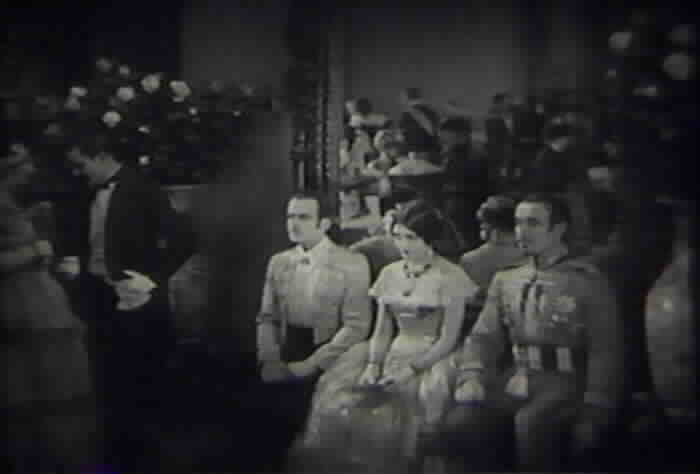

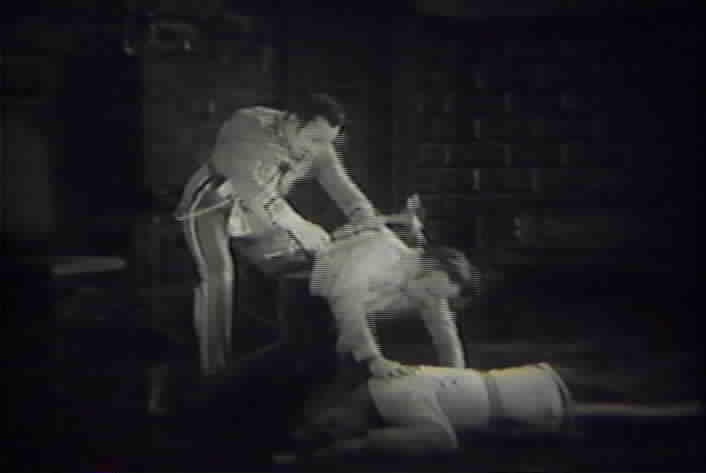 |
Everyone is convinced that Don Cesar is the murderer. General de Muro gives Don Cesar a knife and the chance to end everything honorably. Don Cesar goes to the balcony and pretends to stab himself, falling into the raging river below. Don Cesar goes to the ruins of the de Vega castle to hide while he makes his plans. He sends a letter to his father in California. Don Diego reads the letter and recalls how he threw his sword up to the ceiling after defeating Captain Ramón, and said, "Till I need you again." Don Diego now needs that sword again; he climbs up to get it and prepares to leave for Spain. |
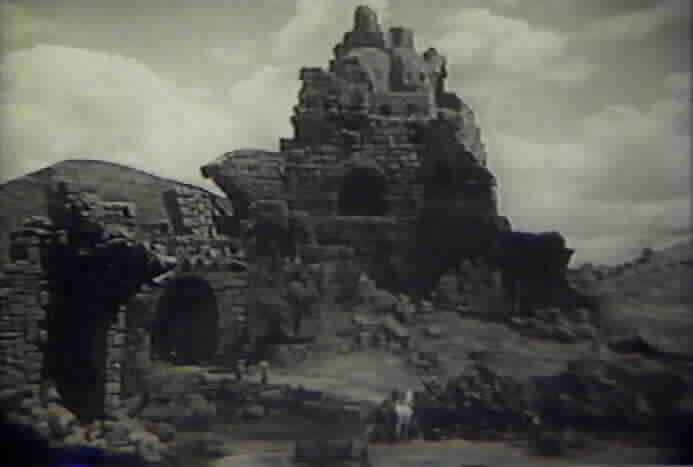


 |
In Spain, Don Fabrique blackmails Don Sebastian into getting him appointed the new civil governor. Meanwhile, Don Sebastian and General De Muro try to convince Dolores to sign a marriage contract. She is finally about to do so when Don Cesar appears briefly on the balcony. The Queen orders Colonel Matsado to aid in the manhunt for Don Cesar.
Don Cesar tricks Colonel Matsado and ties him up. Don Cesar disguises himself as Colonel Matsado and goes to visit Don Fabrique. He smashes Don Fabrique's glasses so that Don Fabrique cannot see him well. Don Cesar's servant has been at Don Fabrique's home; as Colonel Matsado, Don Cesar pretends to be torturing his servant to get him to reveal where Don Cesar is hiding. Don Cesar tells Don Fabrique that the servant will lead them to Don Cesar and that Don Fabrique will be traveling with them. Don Sebastian and the real Colonel Matsado learn that Don Cesar will be at the castle, and they head to the castle as well.
Don Diego finishes his trip to Spain and shows up at the castle dressed as Zorro. While Zorro and Don Cesar fight off the soldiers, Don Sebastian pursues Don Fabrique, trying to get the card with proof of Don Sebastian's guilt away from Don Fabrique. Don Cesar's servant attacks Don Sebastian, which gives Zorro a chance to get a hold of Don Fabrique. Zorro finds the card and presents it to General de Muro by pulling it out from underneath his scarf as if by magic and asking, "Have you seen this one?" The card clears Don Cesar's name, and Don Cesar and Dolores make plans to be married.
|
|
|
|
Comments:
-
Although this film is a sequel to the 1920 Zorro film, it has very little to do with Zorro. Zorro does not appear until near the end of the film, and his disguise is not necessary since everyone already knows Zorro's identity. The title of the film is also misleading in that Don Cesar refers to himself as Don Q only once during the entire film.
-
The film does have several references to the 1920 film. Don Diego must get his sword down from the ceiling where it was stuck at the end of the 1920 film, and Don Diego performs a trick using the line, "Have you seen this one?"
|
|
|
|
Back to main page
|
|
Zorro is a registered trademark of Zorro Productions, Inc. This site is an unofficial site and is neither affiliated with nor endorsed by Zorro Productions, Inc. Any copyrighted material appearing on this site complies with fair or acceptable use principles established in U.S. and International copyright law for the purpose of review, study, criticism, or news reporting. Page design and original content are copyright © 2003 by Jennifer White.
|